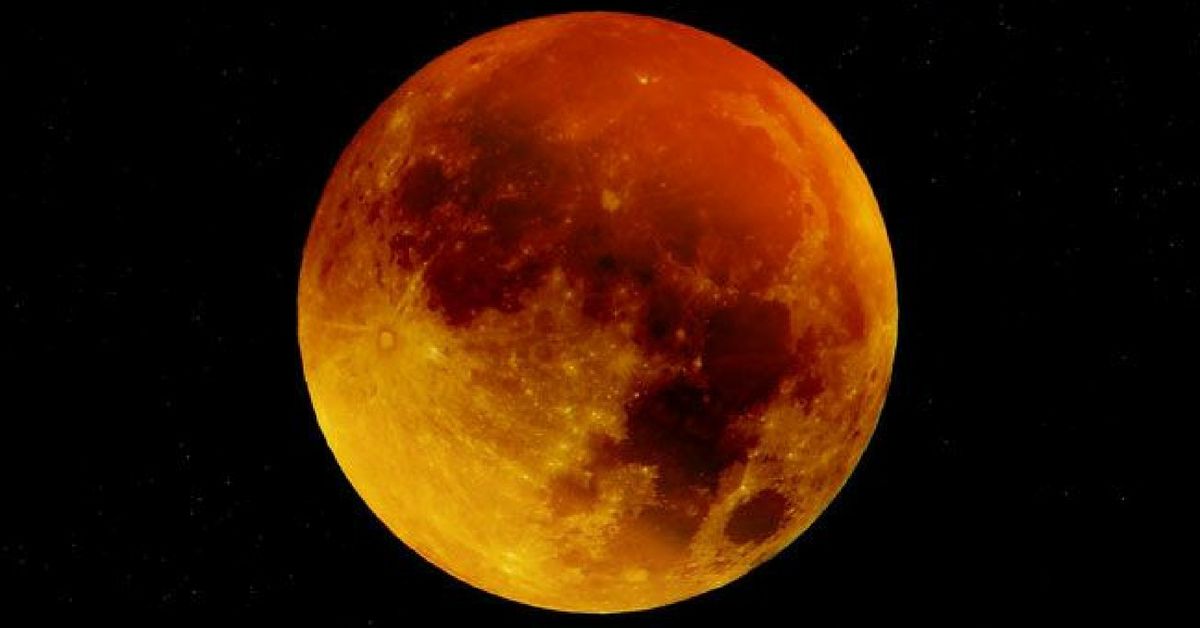The moon is one of the most amazing things we can see from Earth. When I went away to school, I would stare at it each night, knowing that my best friend was also seeing the same thing.
I think the best thing about the moon is how frequently it changes. Of course, the moon itself isn't actually changing shape, but the way the planets align, it often appears that way.

Once or twice a year, we get treated to what's known as a blood moon. This happens when Earth's moon is in full eclipse. The celestial body appears to us as a striking red color in the sky, which is caused by sunlight refracting through the Earth's atmosphere shining on the moon.
This year, we've already been treated to a blood moon in January. But luckily on July 27th, we'll be able to see it again!
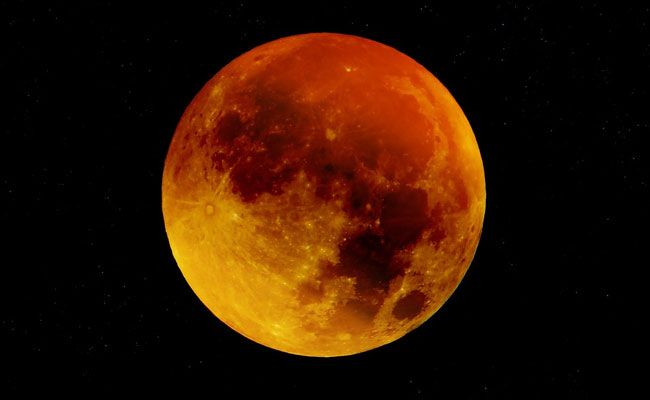
Usually the sight of a red moon is enough of a spectacle, but this time around we'll also be able to witness the longest lunar eclipse in a century. According to NASA, the eclipse will be visible for close to two hours from start to finish.
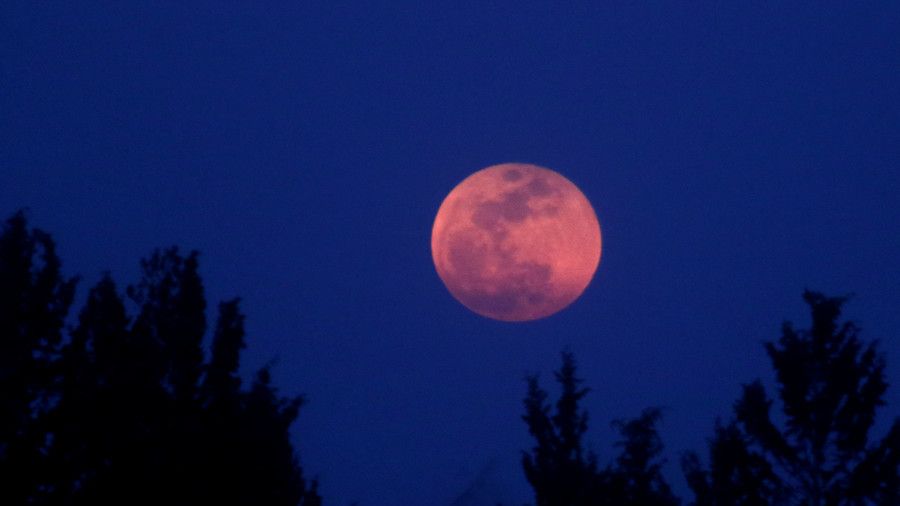
The first part will be a total lunar eclipse, which will take over an hour. The second part will be a total solar eclipse, which itself will also take over an hour. Depending on where you are, you probably won't be able to see both parts, but odds are you'll see some of it.
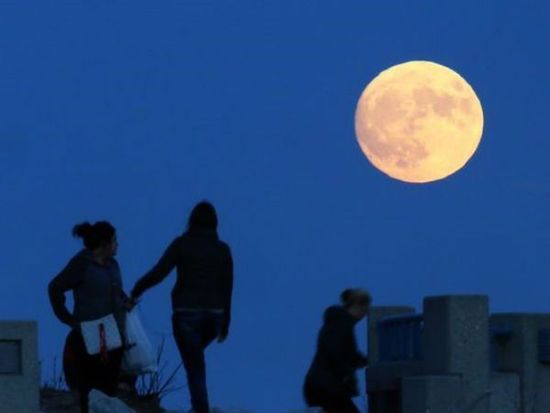
The total eclipse will begin at 7:30 p.m. UTC, and end at 9:13 p.m. UTC. The peak of the eclipse will occur at 8:22 p.m. UTC, this according to Business Insider.
And if you've found yourself thinking "I wish we got even more cool space stuff that day," well then have I got news for you! The same day as the blood moon and the longest eclipse, the planet Mars is expected to be visible to the naked eye.
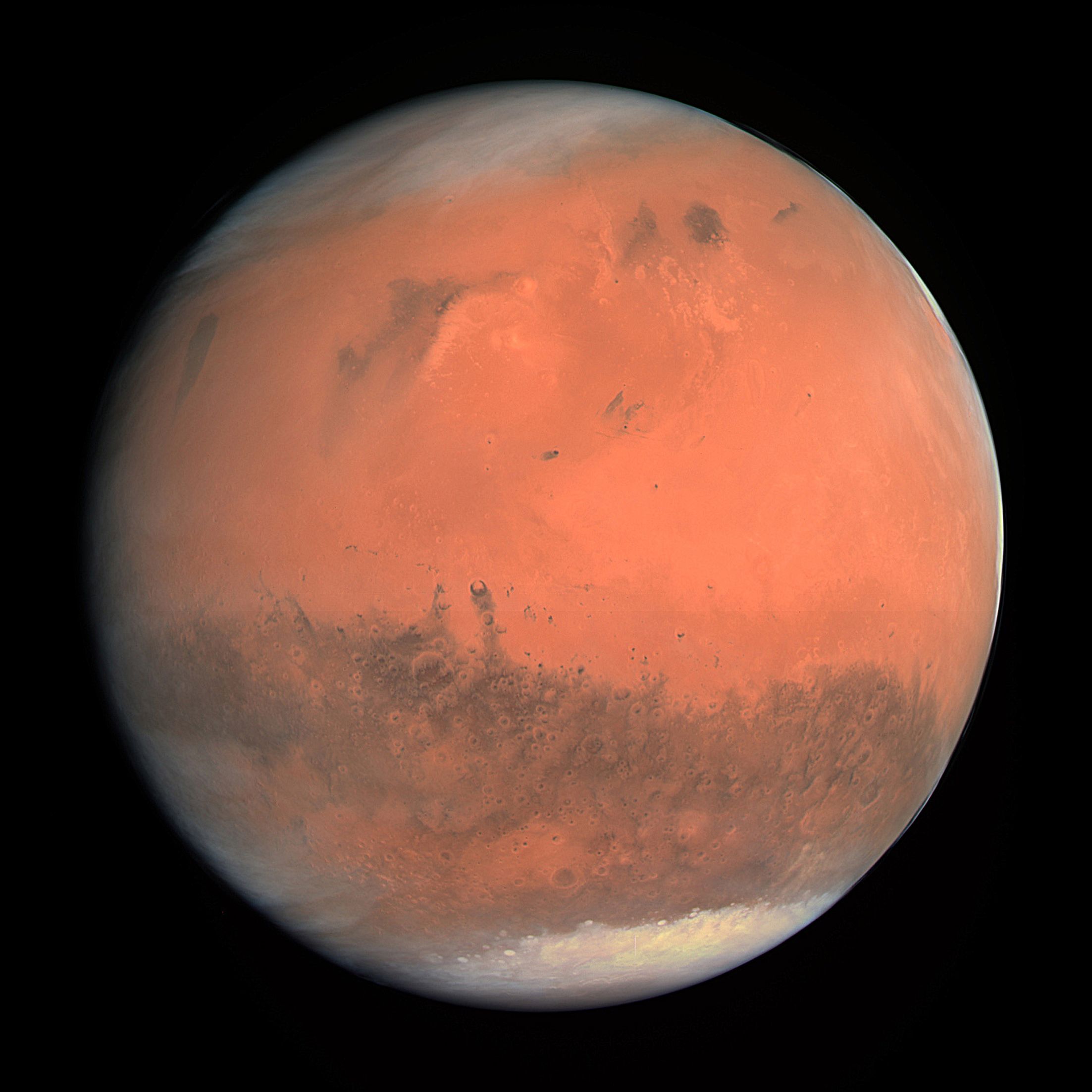
Four days later, Mars is predicted to be "just" 35.8 million miles away from Earth, which is the closest it's been in 15 years.
If you're looking for other cool moons this year, here are some notable dates:
- July 13: partial solar eclipse
- July 28, 29: Delta Aquarids meteor shower
- August 28: full moon
- September 23: September equinox
July is a busy skywatching month. Our top picks:
— Dave Dickinson 🌌🚀ðŸ”🤘 (@Astroguyz) July 1, 2018
-Earth at aphelion on the 6th,
-A grazing occultation of Aldebaran by the Moon for the Great Lakes on the 10th,
-A partial solar eclipse for Tasmania on the 13th,
-Mars at opposition & a total lunar eclipse July 27th. More to come! pic.twitter.com/HyyA9Bo40J
